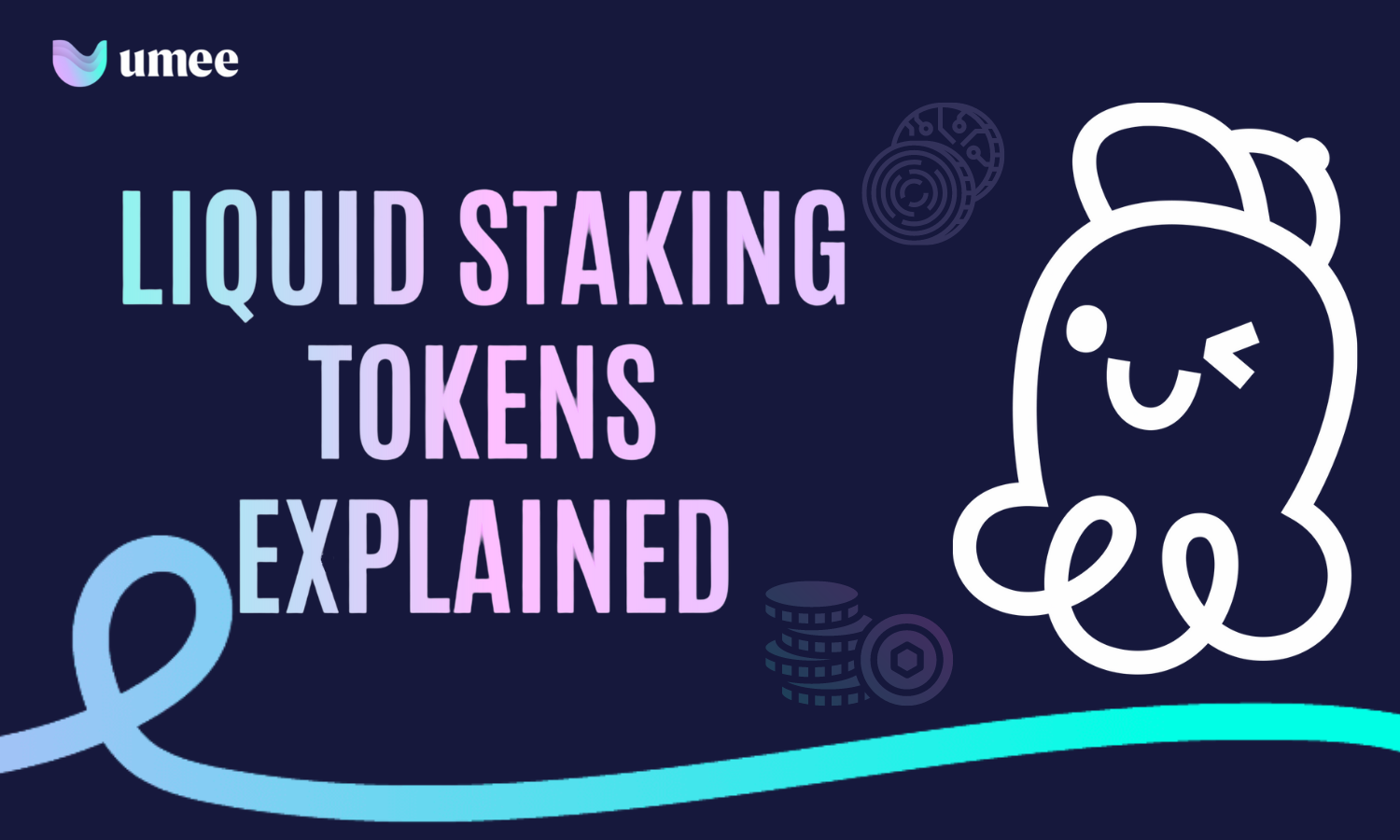What Are Liquid Staking Tokens?

TLDR;
In the last few years, liquid staking protocols have become very popular by making native assets on popular blockchains more capital-efficient than ever before.
Liquid staking makes better use of capital by letting its investors use staked assets in the ecosystem for lending, trading, and as collateral.
This lowers the opportunity cost of locking up your assets for the staking rewards. With liquid staking protocols, people who stake their assets get liquid staking derivatives that represent their claim in the stake pool and its yield.
What is Staking?
Proof-of-Stake (PoS) blockchains require network validators of POS participants to stake tokens, i.e., lock capital in protocols, in order to participate in consensus. The capital that is staked and put on-chain helps keep the network safe by making sure that the cost of misbehavior is high enough to give validators a reason to be honest and keep things running smoothly. Validators get PoS rewards based on how much the network is used and how much they contribute to the consensus. What staking is is the process of putting money into a PoS machine to earn rewards.
Learn more: What is Staking?
What is Liquid Staking?
Liquid staking is becoming a popular alternative to staking a POS blockchain’s tokens and making Proof-of-Stake blockchains more secure. The standard method of staking has bonding periods that can last from days to weeks before stakers can unlock their tokens and use them again. Liquid staking, on the other hand, gives stakers more flexibility and makes better use of their capital. By using a liquid staking protocol such as Stride, a user who owns a POS token can stake it there and get a receipt token, also known as a liquid staking token, as proof that they own the staked token. On the backend of things, the liquid staking protocol stakes the user's tokens and participates in the POS consensus for them.
Liquid staking is the act of delegating the tokens for staking while still accessing the liquidity of their locked up tokens.
Despite being staked, your tokens preserve their liquidity via liquid staking. It achieves this by tokenizing your stake; for each ATOM staked, you receive a staked-ATOM token (sATOM).
If you wish to exit, simply exchange your liquid staking tokens for the original token.
Explained: DeFi in the Cosmos Ecosystem
Advantages of Liquid Staking
Liquid staking offers a number of advantages to DeFi:
- The most obvious benefit of liquid staking is that it makes it possible to combine different yield strategies. As an example, you can exchange your tokens for liquid staking tokens for the staking rewards while simultaneously using them as collateral for lending protocols.
- Stakeholders can benefit from instantaneous liquidity, the composability of staked assets, and the distribution of staked assets across many validators with liquid staking.
- This increases the attractiveness of staking plus its rewards, hence contributing to the decentralization and security of a blockchain.
- The staking derivatives permit increased composability and can be used as collateral in other DeFi applications to generate further yield.
Cosmos DeFi users can use liquid staking tokens to take part in different DeFi strategies while earning staking rewards. In the near future, liquid staking tokens may be a good form of collateral in money markets like Umee.
